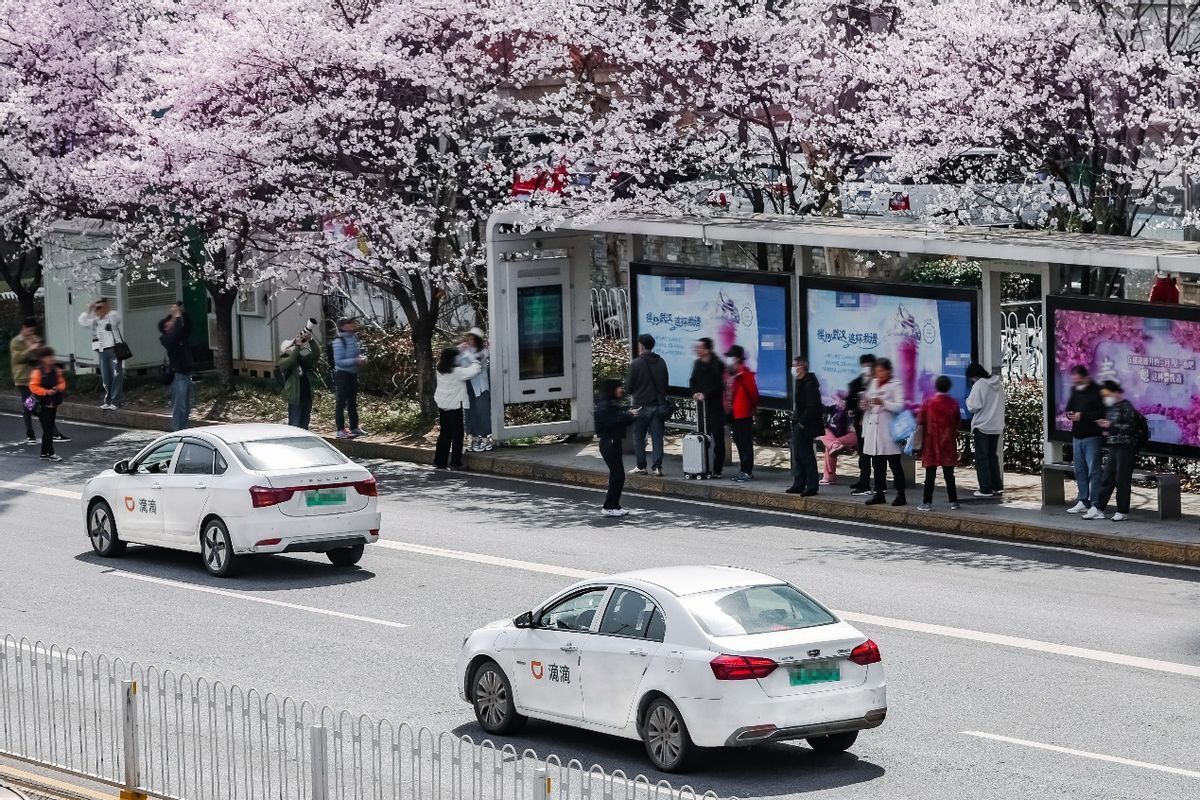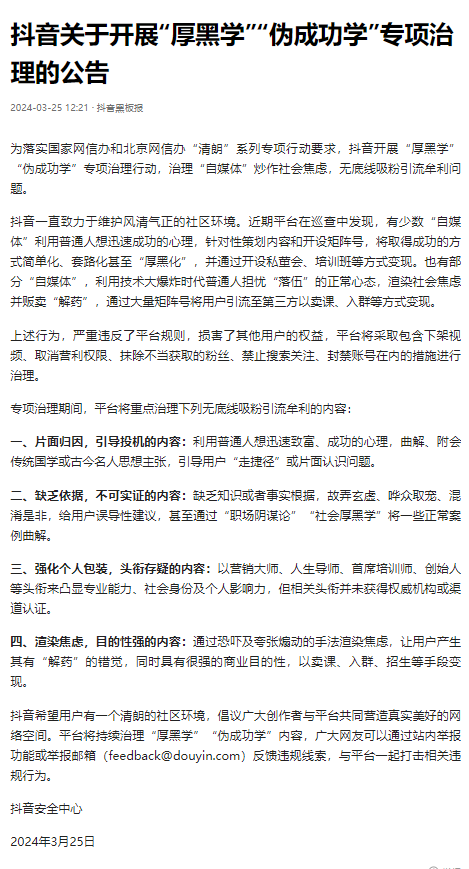2023 Tenru Dialogue: Exploring Sustainable Growth Prospects from an Asian Perspective
Recently, the 2023 Ten Ru Dialogue came to an end in Guilin. The theme of this dialogue is "Sustainable Growth Prospects from an Asian Perspective"
Recently, the 2023 Ten Ru Dialogue came to an end in Guilin. The theme of this dialogue is "Sustainable Growth Prospects from an Asian Perspective". 24 experts, scholars, policy makers, and practitioners from different fields jointly discussed topics such as the role of public welfare and enterprises in sustainable development, corporate collaboration, social and economic development, future work, and environmental sustainability in the fashion industry.

According to data, since 2014, the Ten Ru Dialogue on Sustainable Development, which originated from Yida Group, has been held in Guilin for ten years, with a total of 221 speakers and 48 discussions and dialogues covering 12 major areas, including technological innovation, supply chain and industry 4.0, responsible consumption, environmental protection and biodiversity, healthcare, and future oriented work, It provides a platform for brainstorming and exchange among opinion leaders, experts and scholars from different fields.
On site, Yang Minxian, Vice Chairman of Yida Group, stated: Ten years of dialogue, like a river going through a ravine. The venue of the Ten Ru Dialogue, Ten Ru, is one of the important achievements of Yida's efforts to promote sustainable development over the years. As early as 2012, when we planned to launch the construction of Ten Ru, we focused on improving fair employment, responsible sustainable production, and addressing climate change. Surprisingly, the United Nations also launched 17 sustainable development goals three years later. In fact, after ten years of efforts, In Tenru, we have made significant progress in implementing all 17 sustainable development goals
It is reported that during the 2021 Tenru Dialogue, Yida Group publicly announced its commitment to net zero emissions. In 2022, one year later, Yida Group has successfully reduced emissions by 47% (based on 2008). However, this is the result of many factors driving it together, and there is still a long way to go to achieve net zero emissions by 2050.
During the dialogue, Yang Yanyan, President of the Guangxi Council for the Promotion of International Trade and Secretary General of the Joint Secretariat of the China ASEAN Business Council, stated that the Ten Principles are a model for the perfect integration of manufacturing with people, nature, and the ecological environment, and also a direction for future industrial development. In order to promote broader green cooperation and achieve green development, she proposed three suggestions: sharing mechanism platforms, strengthening industrial cooperation, and accelerating the development of the digital economy.
For forward-looking business leaders and management, the necessity of incorporating sustainable development goals into corporate strategies and daily operations is becoming increasingly prominent. Taking the modern textile industry as an example, can we draw energy from ancient wisdom? The answer is yes. In fact, natural dyes have a history of over 3000 years in China. Wang Qiong, the leader of the plant dyeing team of the Institute of Botany, Chinese Academy of Sciences, Jiangsu Province, and Zhou Liming, the director of the R&D center of Yida Group, together with the guests, experienced the traditional heritage of Chinese minorities - China Blue Natural Dyeing.
Zhou Liming pointed out that although the production of natural dyed products is relatively unstable and requires more refined care, Yida is still committed to this more challenging but sustainable approach, and is constantly improving its processes and technological level. Wang Qiong stated that Chinese plant dyes, which have been reviving since 2016, are very sustainable ecological products that can be degraded from beginning to end. They are products with a full lifecycle and are future oriented and will have great prospects.
After the meeting, Yang Minxian, Vice Chairman of Yida Group, gave a detailed introduction to the latest development of the group in natural dyeing and non aqueous dyeing during an interview with reporters.

Unlike chemical dyes, natural dyeing uses original ecological dye plants as the source of dyes, which not only reduces the harm of dyes to human health and fully utilizes natural renewable resources, but also greatly reduces the toxicity of dyeing wastewater, which is beneficial for reducing the burden of sewage treatment and protecting the environment. In addition, compared to conventional aqueous dyeing, non-aqueous dyeing technology uses organic solvents as the dyeing medium, replacing water in terms of chemical dosage and water content The significant savings in energy consumption and other aspects are a disruptive technological breakthrough for the traditional textile printing and dyeing industry Yang Minxian introduced to reporters that the group's process of developing natural and non aqueous dyes related to sustainable development has been ongoing for ten years.
In addition, before the end of the conversation, Li Xiaoliang, a professor of operations, information and technology at the Graduate School of Business at Stanford University, announced in his capacity as the chairman of the Ten Ru Research Institute Committee that the Ten Ru Research Institute was officially established. Shiru Research Institute is an independent non-profit organization dedicated to cutting-edge education and innovative research in sustainable development and environmental management. The research institute provides a diverse range of projects, courses, activities, and resources to help like-minded individuals and organizations expand their knowledge, enhance their skills, and increase their practice to create a more sustainable future.
Among them, Shengbai Group, as one of the founding companies of Tenru Research Institute, its CEO Tong Cheng also announced on the same day that Shengbai Group will achieve carbon neutrality by 2050.
Disclaimer: The content of this article is sourced from the internet. The copyright of the text, images, and other materials belongs to the original author. The platform reprints the materials for the purpose of conveying more information. The content of the article is for reference and learning only, and should not be used for commercial purposes. If it infringes on your legitimate rights and interests, please contact us promptly and we will handle it as soon as possible! We respect copyright and are committed to protecting it. Thank you for sharing.(Email:[email protected])














